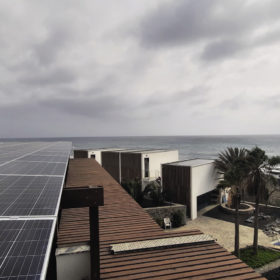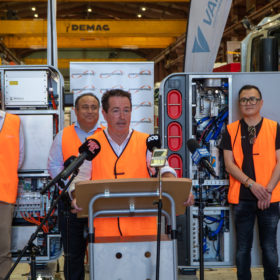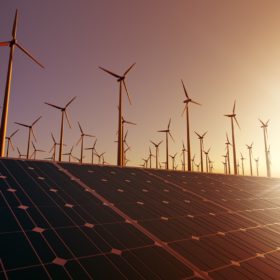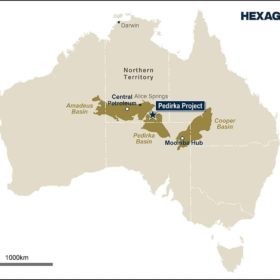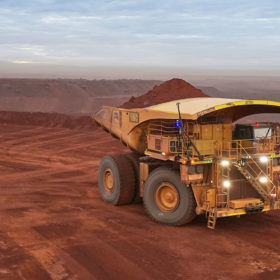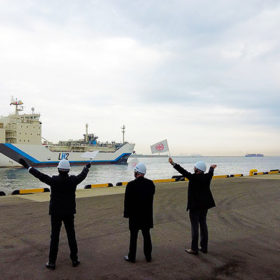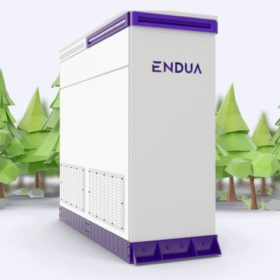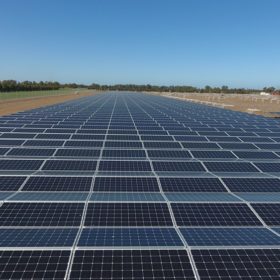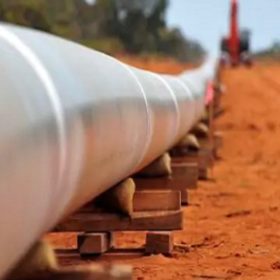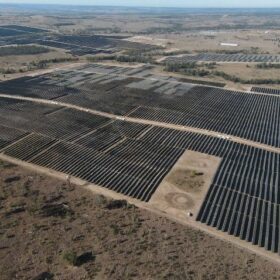Sunday read: Liquid light
Once thought of in a niche sense, the solar-water nexus is a rapidly expanding network of applications. They include practical tools capable of solving persistent issues like water scarcity, as well as newly pressing issues like overcoming the water challenge of green hydrogen production. Blake Matich looks at such applications here in Australia and abroad.
Weekend read: Lavo green hydrogen battery gets $5 million boost from NSW government
Lavo’s hydrogen battery technology has found monetary support from both Australian and international investors in the last year, as well as public support which has continued this week with the announcement by the New South Wales government of $5 million in funding from the Regional Job Creation Fund to boost hydrogen manufacturing jobs in the Hunter Region.
Singapore secures stake in Australian green hydrogen projects
Singapore’s trillion-dollar sovereign wealth fund GIC has made a “strategic” investment in renewables developer InterContinental Energy, one of the major players behind mega solar and wind-powered green hydrogen projects planned for Western Australia’s Pilbara and southeast regions.
India deal to drive Australian hydrogen startup H2X’s global expansion
Hydrogen vehicle and fuel cell startup H2X has partnered with Indian automotive parts manufacturer and developer Advik Hi-Tech in a deal which will see the Australian company’s products delivered into India and the wider international market.
NT hydrogen ambitions grow as FRV signs agreement with Aussie exploration company
Prospective hydrogen projects in the Northern Territory are taking new shape with Monday’s news that FRV Australia, partially owned by now Saudi company Fotowatio Renewable Ventures, had signed an agreement with Australia’s Hexagon Energy. It seems the two companies are considering connecting the hydrogen projects they’ve been separately exploring near Darwin, though it’s worth noting Hexagon is hoping to export blue (fossil) hydrogen.
Fortescue acquires Williams Advanced Engineering in drive to win race to net zero
Fortescue Future Industries has acquired Williams Advanced Engineering for $310 million as it looks to capitalise on its critical battery technology to cut emissions from its mining vehicles. An offshoot of the Williams Formula 1 Team, Williams Advanced Engineering has already helped to develop an electric mining haul truck for Fortescue in 2021.
Weekend read: Australia to make world’s-first liquefied hydrogen shipment to Japan
The Suiso Frontier cargo vessel docked at Victoria’s Port of Hastings on Friday to take on the world’s first shipment of liquid hydrogen. The ship’s arrival is a landmark for the Japanese-Australian Hydrogen Energy Supply Chain pilot project, which sees liquefied hydrogen generated from brown coal, and an engineering milestone in itself. But while the Australian government describes the product as “clean”, experts maintain that carbon capture and storage technology has proven only to be an expensive failure.
Endua lands grant to commercialise modular hydrogen-powered energy solution
Queensland clean energy start-up Endua’s ambitious plan to manufacture modular hydrogen-powered energy generation and storage systems has been given a financial boost with the Federal Government providing the company with almost $1 million to help it commercialise the innovative technology.
ICG snaps up majority stake in ~300 MW solar PV and storage portfolio
Australian investment manager Infrastructure Capital Group has stepped into the solar energy sector with the acquisition of a majority stake in a ~300 MW solar PV and energy storage portfolio from clean technology developer and investment firm Providence Asset Group.
Studies show Dampier Bunbury Pipeline capable of 9% hydrogen blending, but underground storage less promising
Two Western Australian government funded studies into the transmission and storage of hydrogen have shown that the state’s main gas pipeline is, for large sections, ready for 9% hydrogen blending. However, in less promising news, another study found that the state’s underground storage capacity, including depleted oil and gas fields, are not proximate to the proposed 50GW Western Green Energy Hub or the 23GW Asian Renewable Energy Hub.
